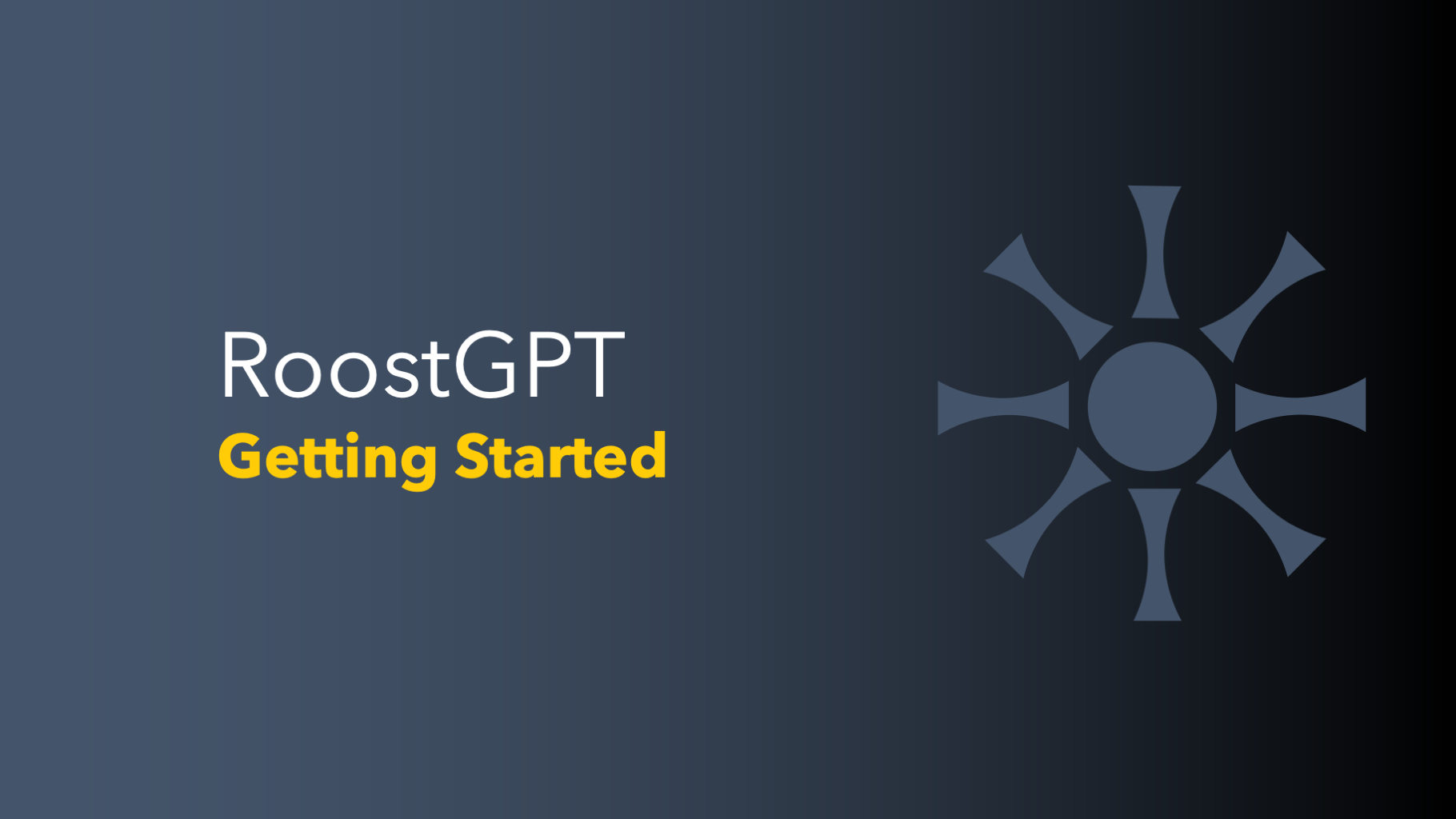Yesterday, Meta unveiled Code Llama, a groundbreaking model with a massive 70 billion parameters, further expanding the horizons of the generative AI ecosystem. This release underscores the significance of both Llama and Mixtral models in shaping the future of AI technologies. Interestingly, Mixtral challenges the conventional boundaries defined by the "Generative Seven" or G7, as it operates independently of the primary funding and influence from these tech giants. This development is particularly exciting as it showcases the diverse and evolving landscape of AI innovation beyond the established powerhouses.
Leveraging Meta's Influence in the Open AI Landscape
I envision a future in which a foundational body governs large language models (LLMs), comprising the Generative Seven (G7)—Meta, Google, Amazon, Apple, Tesla, Nvidia, and Microsoft—as the core members, with additional participants to foster diversity and inclusion. The Llama series, while not traditionally open-source, should be viewed as "open-weight" models. This concept, as I've highlighted in various editions of my newsletter, might indeed represent a more feasible approach. Given the complex and often non-transparent processes involved in training these models, a model of controlled openness could offer a balanced path forward, promoting innovation while ensuring broader access and utilization.
Redefining Accessibility with Compact Large Language Models
Imagine a scenario akin to a seer who must tap into the cosmos for every query, a process that, while effective, might disrupt the flow of interaction. A more efficient strategy might involve the seer harnessing cosmic knowledge during quieter moments, thereby optimizing the experience for those seeking wisdom. This analogy neatly parallels the current discourse around Large Language Models (LLMs).
In numerous applications, the requirement for LLMs to maintain an online presence is perfectly acceptable. However, a vast array of use cases could significantly benefit from localized versions of LLMs. It's anticipated that OpenAI, among others, will cater to the needs of large enterprises by providing such models, albeit at a substantial financial outlay rumored to be in the realm of $3 million for bespoke fine-tuning services. This figure ostensibly merges the costs of custom adjustments with the necessity for models to operate independently of continuous online support from OpenAI, post-tuning. It's crucial to acknowledge that this form of customization would effectuate lasting modifications to the model's weights and biases.
The question then arises: What options are available to small and medium-sized businesses (SMBs) that might find the entry cost prohibitive? This is where the concept of "curated open-source/open-weight" models enters the conversation. These models represent a nuanced approach to the traditional open-source model, which, in the realm of LLMs, might be more theoretical than practical. By offering a suite of tailored, perhaps lighter models that retain the essence of their larger counterparts, the industry can extend the transformative power of LLMs to a broader audience, ensuring that smaller entities aren't left behind in the race towards AI integration.
This approach not only democratizes access to cutting-edge AI technologies but also encourages innovation across the board. By navigating the complexities of model training and customization with a focus on accessibility, the industry can foster a more inclusive ecosystem where businesses of all sizes can leverage the power of LLMs to drive growth and innovation.
Conclusion
Every new development in the open-source and open-weight domains signifies a positive shift in the AI landscape. We are meticulously monitoring advancements in this sector and are eager to share insights and performance evaluations of models like Code Llama from our own testing environments soon. This continuous observation and reporting underscore our commitment to keeping our audience informed about the most impactful and innovative trends. Stay tuned for our upcoming analysis, which will provide a comprehensive look at the capabilities and potential of these pioneering models in transforming various industries.



